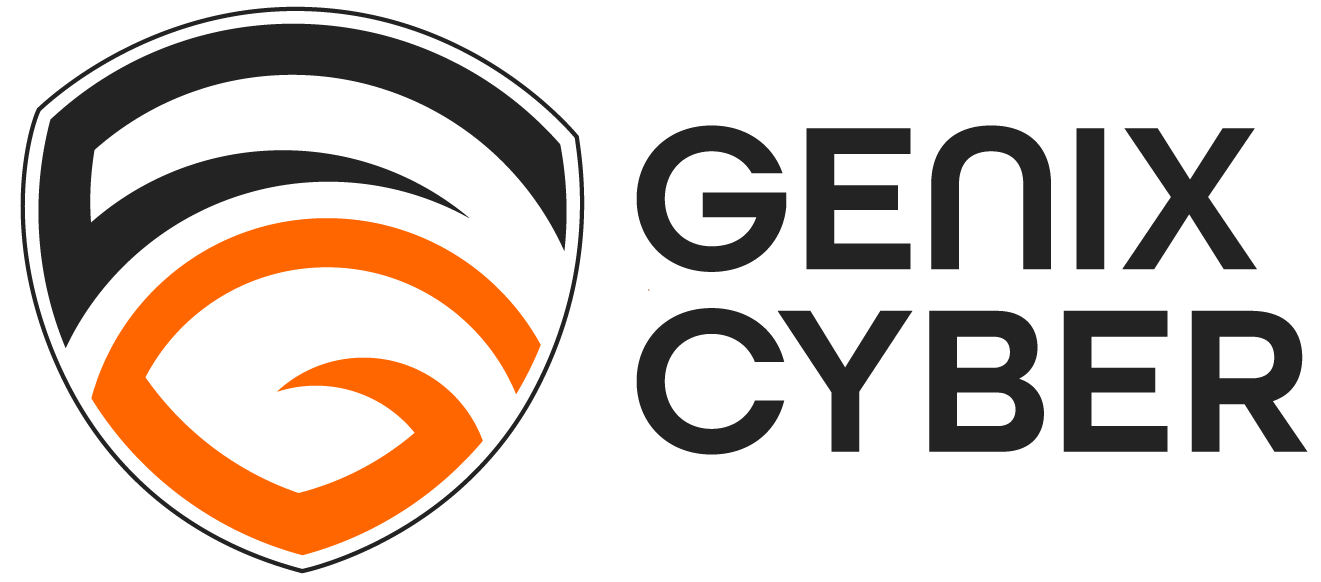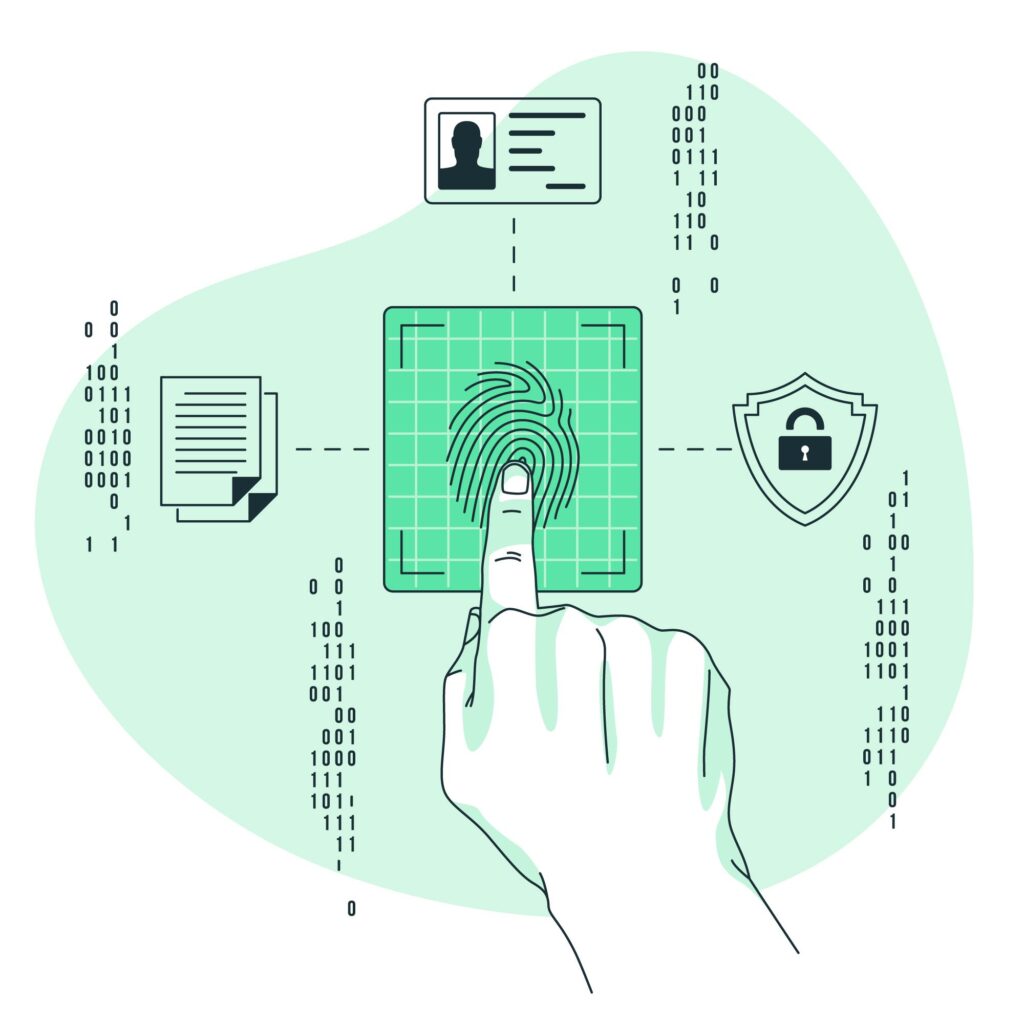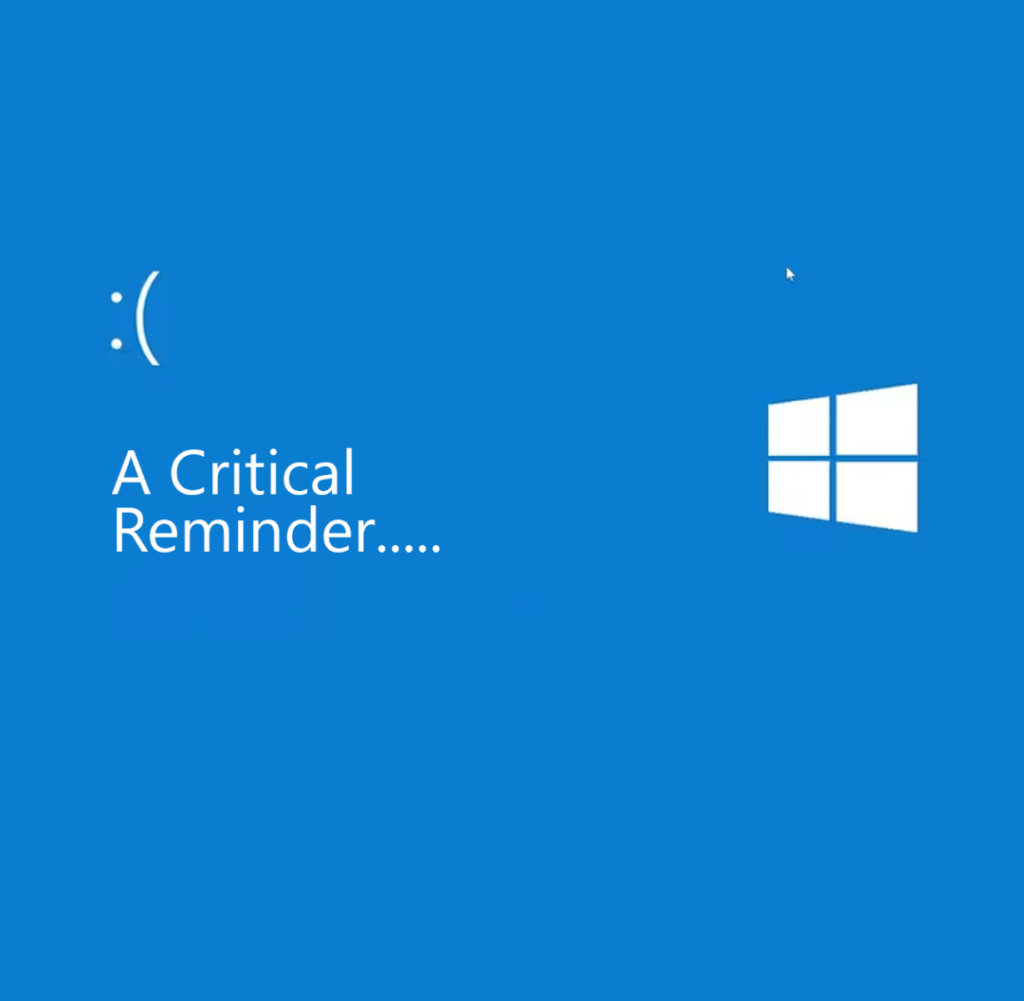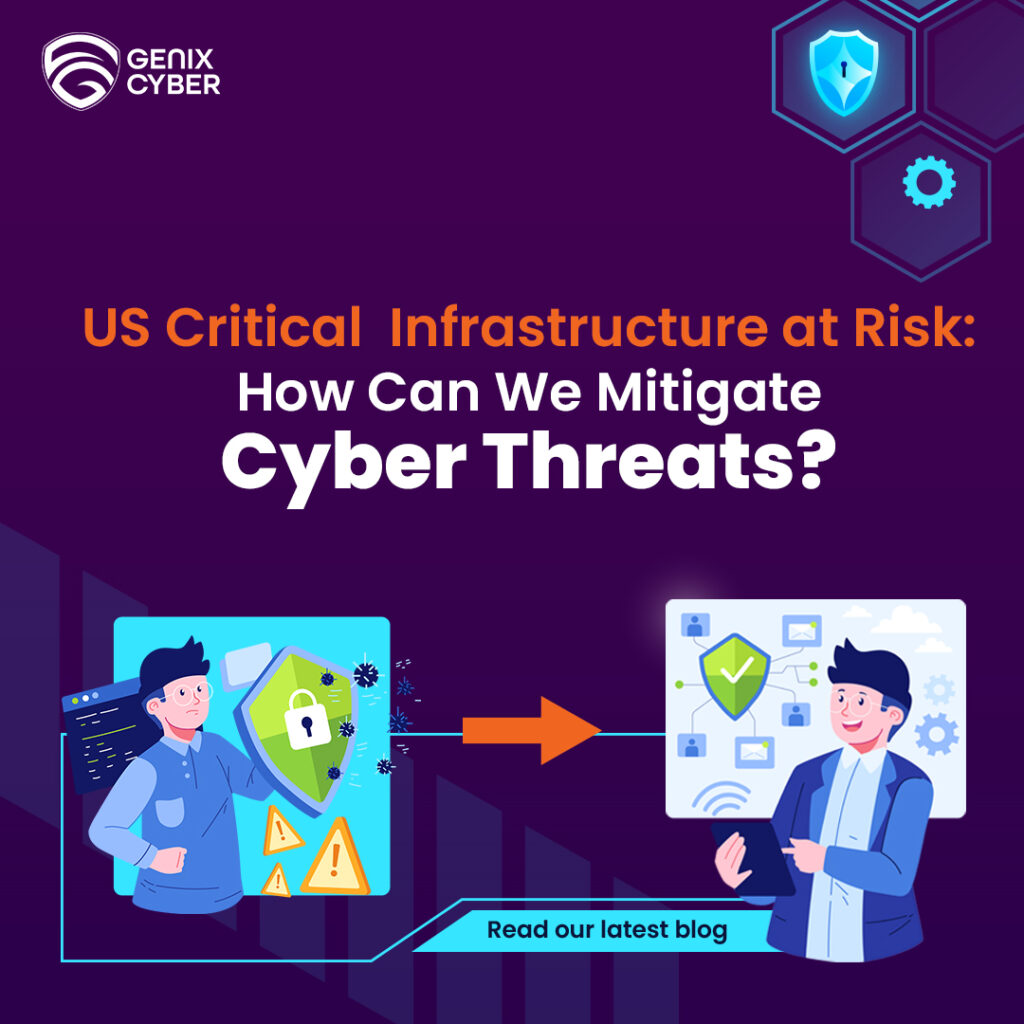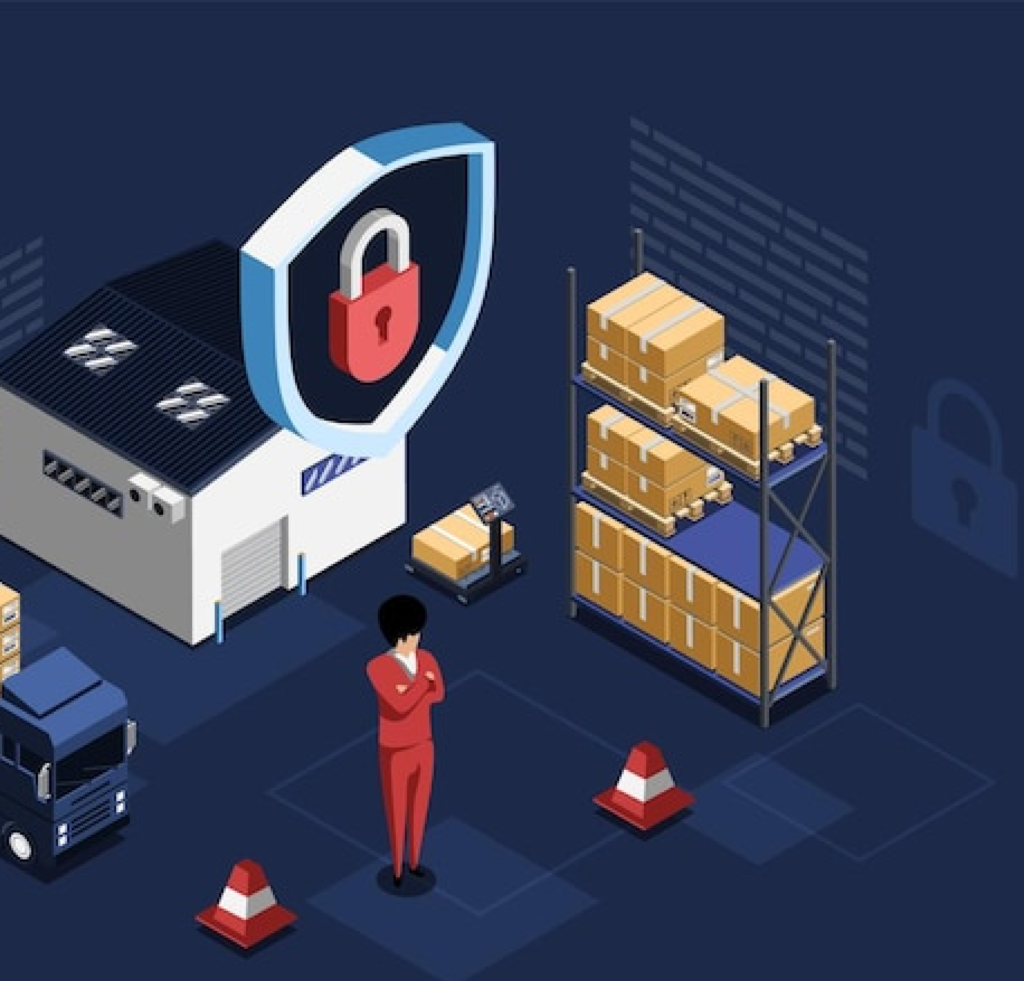In recent times, we are witnessing a rapid rise in remote work culture. Technological advancements offer the freedom to work from diverse locations, which has unlocked job opportunities like never before. Organizations embrace this trend to attract talent, boost work-life balance, and enhance productivity.
But this trend brings its own challenges. In this article, we will dive into the challenges of remote work environments and how IAM empowers employees and IT teams.
Challenges of Remote Work

- Remote employees may fall victim to phishing attacks, where hackers try to steal sensitive information or login credentials.
- They may connect to unsecured Wi-Fi networks from other locations for work, which may expose data to hackers.
- Weak passwords make it easier for cyberattackers to access accounts and data.
- Using personal devices for work without proper security measures can put sensitive information at risk.
- Not using multi-factor authentication makes it easier for attackers to access accounts.
- When connecting remotely, workers may mishandle data without awareness, posing risks to the organization.
Granting remote access to corporate resources while ensuring data security is crucial. IAM defends the resources against unauthorized access and identity theft in all remote work setups. Adopting IAM solutions helps organizations strengthen their digital defenses and maintain control over access rights.
Enhancing Security with IAM:
IAM’s Multi-Factor Authentication (MFA) strengthens security by using different verification methods like passwords, fingerprints, or tokens. MFA combined with Single Sign-On (SSO) creates a smooth login experience for remote employees. MFA and SSO together enhance the overall security posture of remote workforce.
Empowering IT Teams with Identity Governance and Administration:
IAM solutions with Role-Based Access Control (RBAC) help IT teams manage access privileges efficiently. RBAC assigns access rights based on employees’ roles, which makes complex access procedures easier to handle and ensures compliance. IAM’s identity governance gives IT teams more control over resources, reducing security risks in remote work setups.
Device Management and Endpoint Security:
The Bring Your Own Device (BYOD) trend in remote work has given rise to new security challenges. IAM solutions provide strong device management and endpoint security features, like Mobile Device Management (MDM) and Mobile Application Management (MAM). These solutions apply security rules to BYOD setups, safeguarding corporate data from potential remote threats.
IAM – Cloud Identity Management:
Cloud-based applications are essential for remote work, no matter what the setup. IAM solutions can manage identities in the cloud, ensuring security for the remote workforce. By integrating IAM with cloud identity management, organizations ensure consistent security rules and protect data and resources effectively.
The Rise of Zero Trust Security Model:
The Zero Trust Security Model is vital for all remote work scenarios. IAM plays a significant role in implementing granular access controls and continuous verification. This reduces the attack surface and enhances security for remote work environments.

Empowering Employees through IAM:
IAM solutions ensure smooth and secure work experience for remote workers. It helps employees focus on tasks without unnecessary authentication hurdles. Good work experience leads to higher productivity and job satisfaction, attracting more talent.
Speak to our IAM Expert Today!
With the remote work landscape evolving, IAM is the key to securing organizations from cyber threats. Embrace IAM solutions to navigate remote work challenges, ensuring secure and productive environments.
Book your FREE Consultation with MetroMax Solutions NOW!
